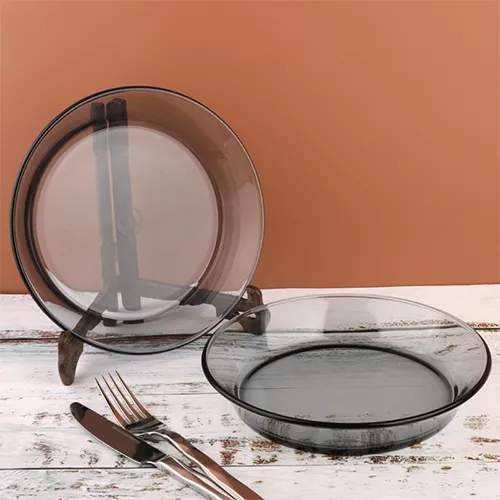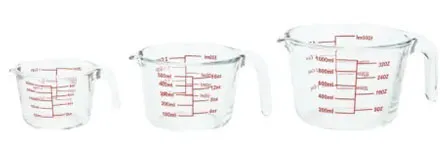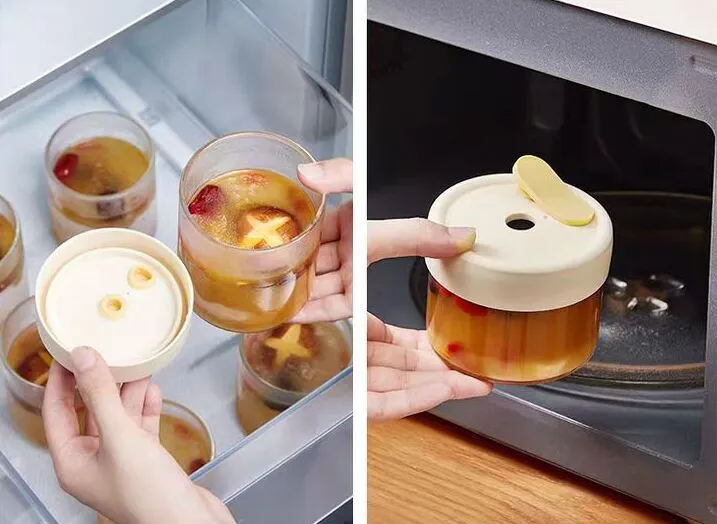In conclusion, glass air-tight jars are an invaluable addition to any kitchen. They offer a blend of aesthetic appeal, functional benefits, health and safety advantages, and sustainability that plastic containers simply cannot match. Whether you are a culinary whiz, a meal prep enthusiast, or simply someone looking to declutter and organize their pantry, these jars can help you achieve your goals. By keeping your food fresh, reducing waste, and adding a touch of elegance to your space, glass air-tight jars prove that sometimes the simplest solutions are the most effective. So, consider incorporating these versatile containers into your home and enjoy the numerous benefits they bring to your culinary experience.
 Home
Home











